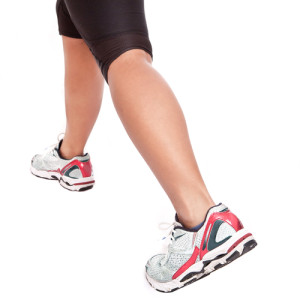 When you are dealing with the issue of infection, there are several things to consider when purchasing shoes. Obviously, there are no shoes manufactured especially for this purpose. However, the following three tips will help you decide on the best footwear to buy in this situation.
When you are dealing with the issue of infection, there are several things to consider when purchasing shoes. Obviously, there are no shoes manufactured especially for this purpose. However, the following three tips will help you decide on the best footwear to buy in this situation.
Consider the Structure of The Shoes
The structure of the shoes you opt for should typically meet the following requirements. If you can’t find all of these features in the same shoe, try to find at least three of them.
- Arch support
- Soles that are both thick and rigid.
- Firmness at the back of the shoe.
- Toe area that is soft, wide and square.
A wide toe area is extremely important, in this situation. the idea is to give your toenails as much room as possible in the shoe. Why? Limited space can cause injury to the nails. Injury makes them more susceptible to infection.
Flimsy soles allow to much motion at the front of your shoes, when you take a step. This extra movement can also cause some type of additional nail injury, which will only make matters worse.
Buy Flip-Flops to Wear Around the House
If you have a tendency to go barefooted, it’s the last thing you want to do when you’re dealing with a fungal infection. Opt to wear sandals or even flip-flops around the house.
When doing so, make sure to keep your feet as clean and dry as possible, at all times. Damp skin is a breeding ground for fungi.
Purchase Shoes That Can Be Treated
Unfortunately, many individuals who successfully treat and eradicate toenail fungus experience flare-ups because they continue to wear the same shoes that they wore when they were dealing with the problem.
Tiny fungal spores are resilient enough to remain in a shoe or shoes for months. These culprits can ‘reopen’ at any time, causing a new infection to attach to the nail. This is something you definitely don’t want to happen.
Look for shoes that can be cleaned frequently without damage. Consider purchasing less expensive footwear, which you can comfortably wear until you’re 100 percent certain the infection is gone for good. Wait a few weeks before you buy expensive shoes, to protect your investment.
By following these suggestions, you proactively reduce the possibility of a reoccurring fungal infection. Remember, your goal is to be infection-free. Accomplishing that means that you no longer have to worry about searching for and buying toenail fungus shoes.


